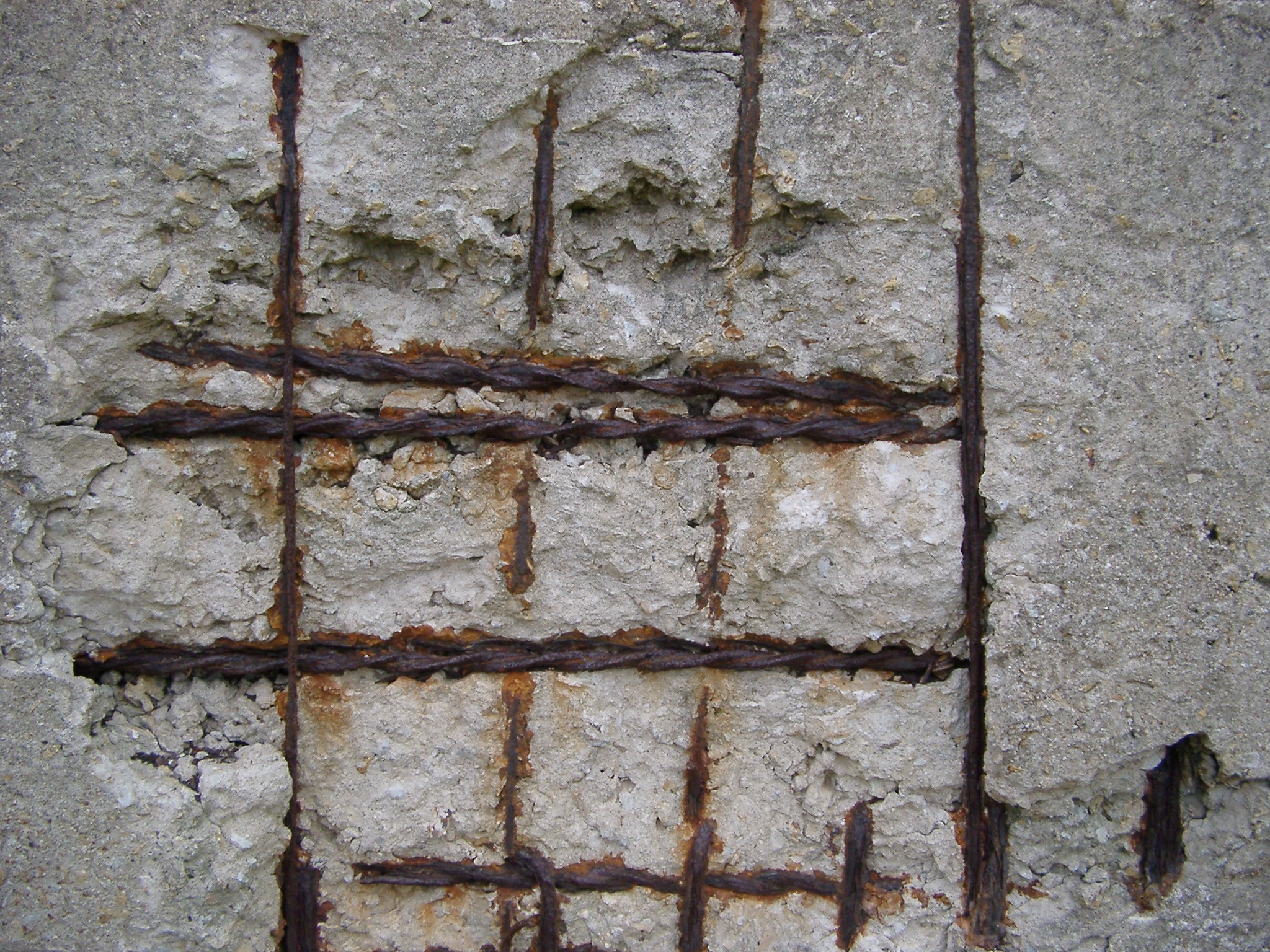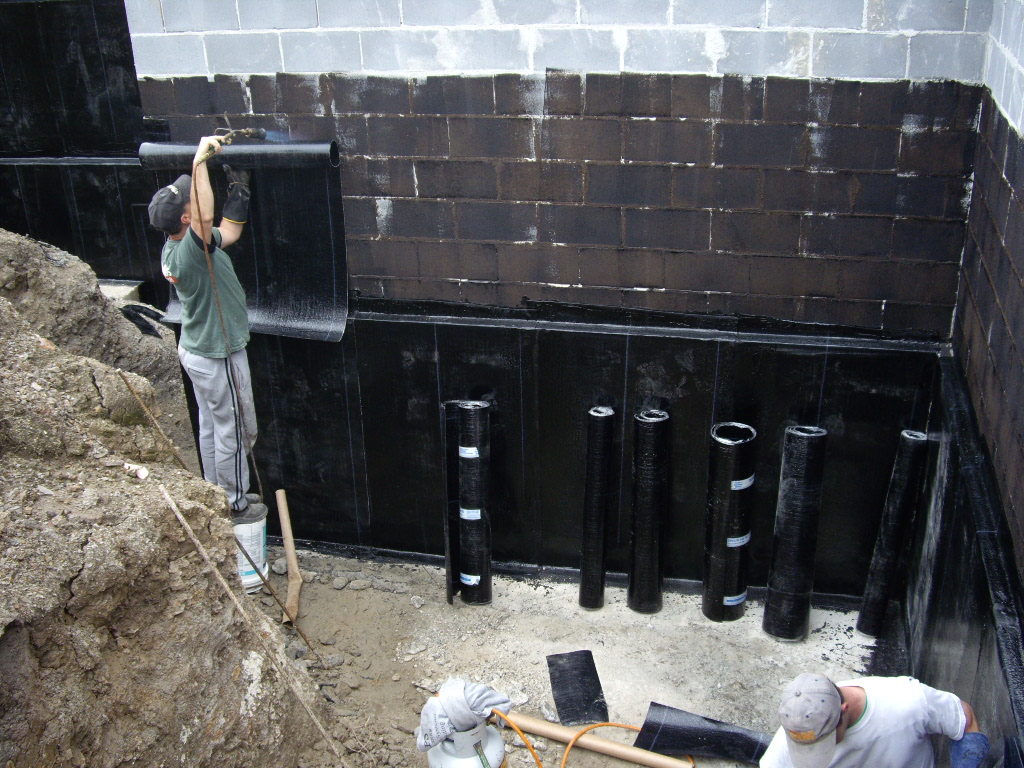
Waterproofing Problems
Compromised waterproofing Risks
- Safety – Structural damage can be severe to the extent that Poor workmanship, including incorrect installation methodology, can lead to leakage issues due to waterproofing failure. Tricky places like balconies and windows need professional work when applying waterproofing. Poor workmanship also includes wrong product specifications, when the wrong product is used; and insufficient substrate preparation, which means poor preparation before the waterproofing membrane is applied.the building is no longer safe. This can lead to liability and insurance issues for landlords.
- Uninhabitable – Waterproofing failures can lead to concrete cancer, mould, and serious structural issues that make a home, office, or other site uninhabitable. This can mean loss of rental income and major repair costs.
- Leaks – Leaking water can damage furniture, carpeting, and other items in addition to the building’s structure.
- Concrete cancer – Concrete in buildings are typically reinforced with steel bars or mesh, and exposure to air and water can lead to corrosion of the steel. The steel then expands, which results in spalling, or the surrounding concrete cracking. The steel is now further exposed to the elements, and the level of corrosion accelerates. This concrete cancer is a common outcome of severe waterproofing failure.
Common causes of waterproofing failure
Issues from higher levels
In multilevel buildings, the higher floors can cause issues when it comes to waterproofing failure. Top-floor levels can experience waterproofing problems from rainwater puddles forming on the roof. Flat roofs, in particular, can collect excessive rain that leads to leaks and eventually damage the structure of the building.
Poor waterproofing work
Poor workmanship, including incorrect installation methodology, can lead to leakage issues due to waterproofing failure. Tricky places like balconies and windows need professional work when applying waterproofing. Poor workmanship also includes wrong product specifications, when the wrong product is used; and insufficient substrate preparation, which means poor preparation before the waterproofing membrane is applied.


Lack of maintenance
Ongoing maintenance in the form of checks and remedial waterproofing enables you to catch problems early and avoid significant issues like concrete cancer. Even tiny leaks and cracks should be dealt with right away as water damage can escalate quicker than expected, leading to major problems. Maintaining existing seals on your windows, doors, and wall systems is also recommended. Checking balconies, roofs, windows, cracks, and leaks as soon as you become aware of them and taking a proactive approach to maintenance minimises the risk that it develops into a major problem.
Wrong choice of waterproofing membrane
Make sure to choose a complete waterproofing system that includes a sheet membrane with all the ancillaries. It is also important to consider how flexible the membrane is to allow building movements and how resistant it is to the UV, chemicals, harsh salt air and in the case of green applications, to root penetrations.
